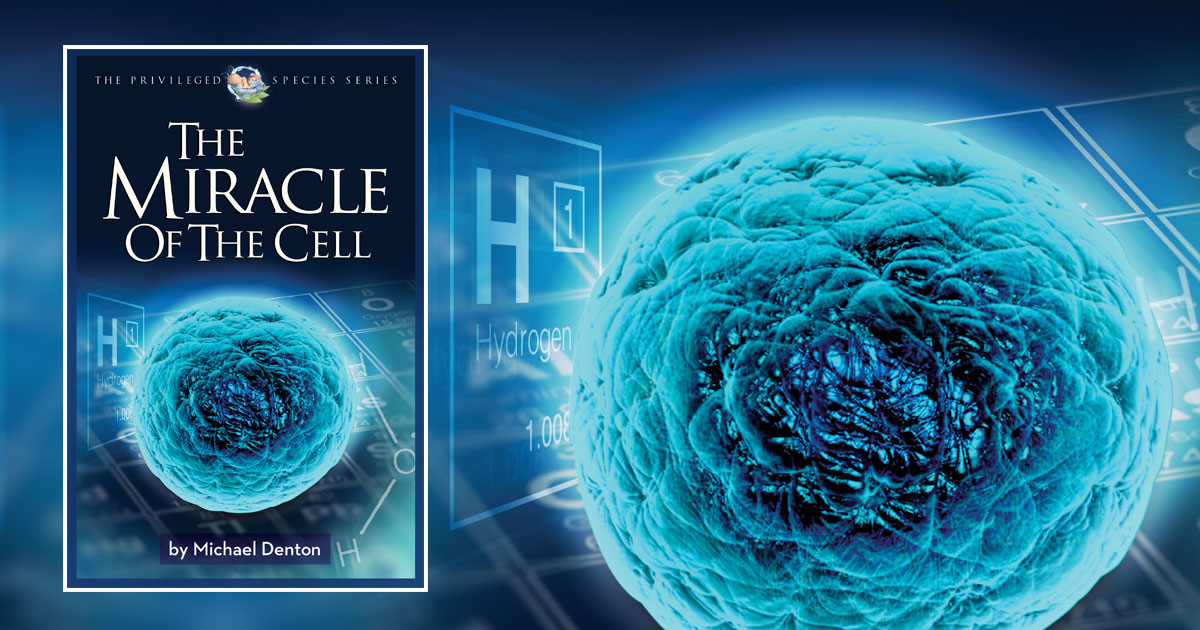 Intelligent Design
Intelligent Design
Excerpt — The Chosen Atom

Editor’s note: We are pleased to offer this excerpt from Dr. Denton’s new book, The Miracle of the Cell. Join us on October 21 for a global webinar with Michael Denton celebrating the launch of his new book!
While there may be other forms of chemical life, perhaps based on boron or silicon (for which there is at present no empirical or theoretical evidence), what seems not in doubt is the supreme fitness of carbon for any chemical life form analogous to that on Earth. As Gross and Plaxco confess in Astrobiology, “In the end there may very well be only a single element — carbon… the basis of all life on Earth — that is able to support the complex chemistry presumably required to create a self-replicating chemical system.”1

What is particularly striking about the properties of the carbon atom is that they appear to be fine-tuned in several different but complementary ways to generate the plenitude of compounds uniquely useful to life. Such a suite of properties, all seemingly arranged to generate a vast inventory of molecules ideal for the biochemistry of living cells, conveys a powerful impression of contrivance. More than a century ago Alfred Russel Wallace expressed, in his World of Life:
We see, therefore, that carbon is perhaps the most unique, in its physical and chemical properties, of the whole series of the elements, and so far as the evidence points, it seems to exist for the one purpose of rendering the development of organized life a possibility. It further appears that its unique chemical properties, in combination with those of the other elements which constitute protoplasm, have enabled the various forms of life to produce that almost infinite variety of substances adapted for man’s use and enjoyment, and especially to serve the purposes of his ever-advancing research into the secrets of the universe.2
It turns out that Wallace, peering into the biochemical basis of life, saw what has now become even clearer. Many have believed (and many still do believe) that Darwin drove teleology out of biology forever. But more than a century and half of scientific research since Darwin has shown that the fitness of nature for life on Earth, exemplified so wonderfully in the chosen atom, points irresistibly to purpose and design.
Notes
- K. W. Plaxco and M. Gross, Astrobiology: A Brief Introduction, 2nd ed. (Baltimore: Johns Hopkins University Press, 2011), 6.
- Alfred Russel Wallace, The World of Life: A Manifestation of Creative Power, Directive Mind and Ultimate Purpose (London: Chapman and Hall, 1911), 393.
